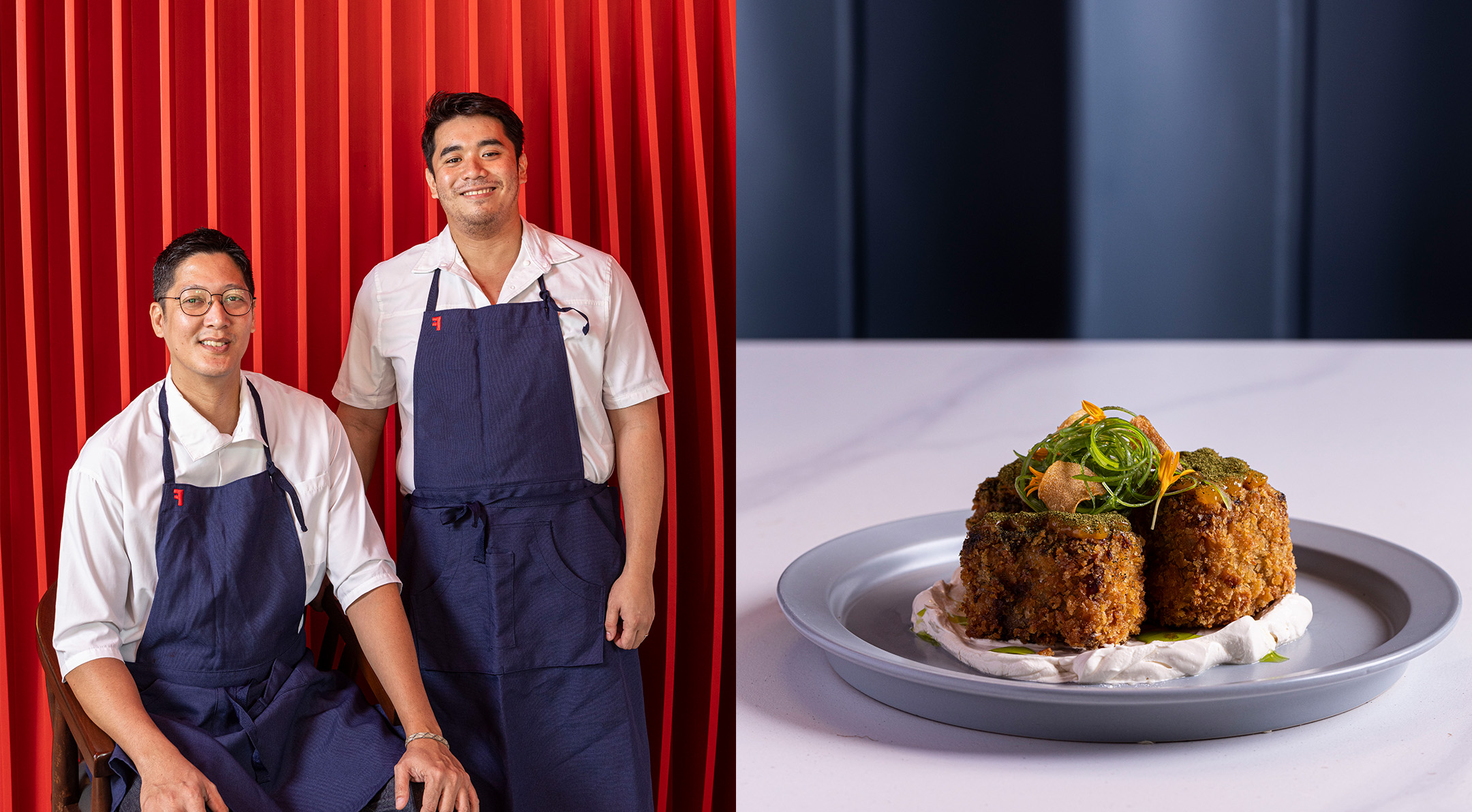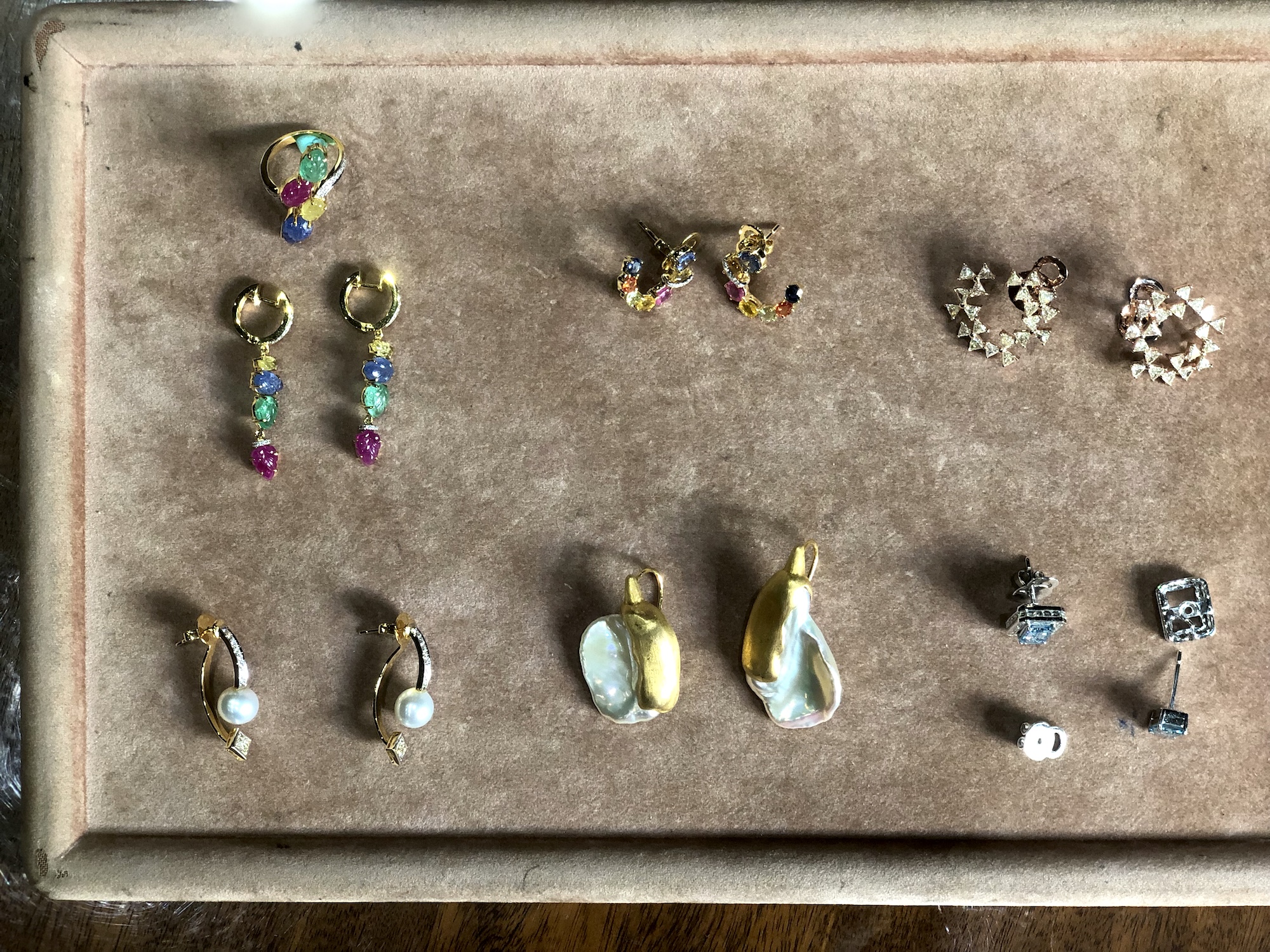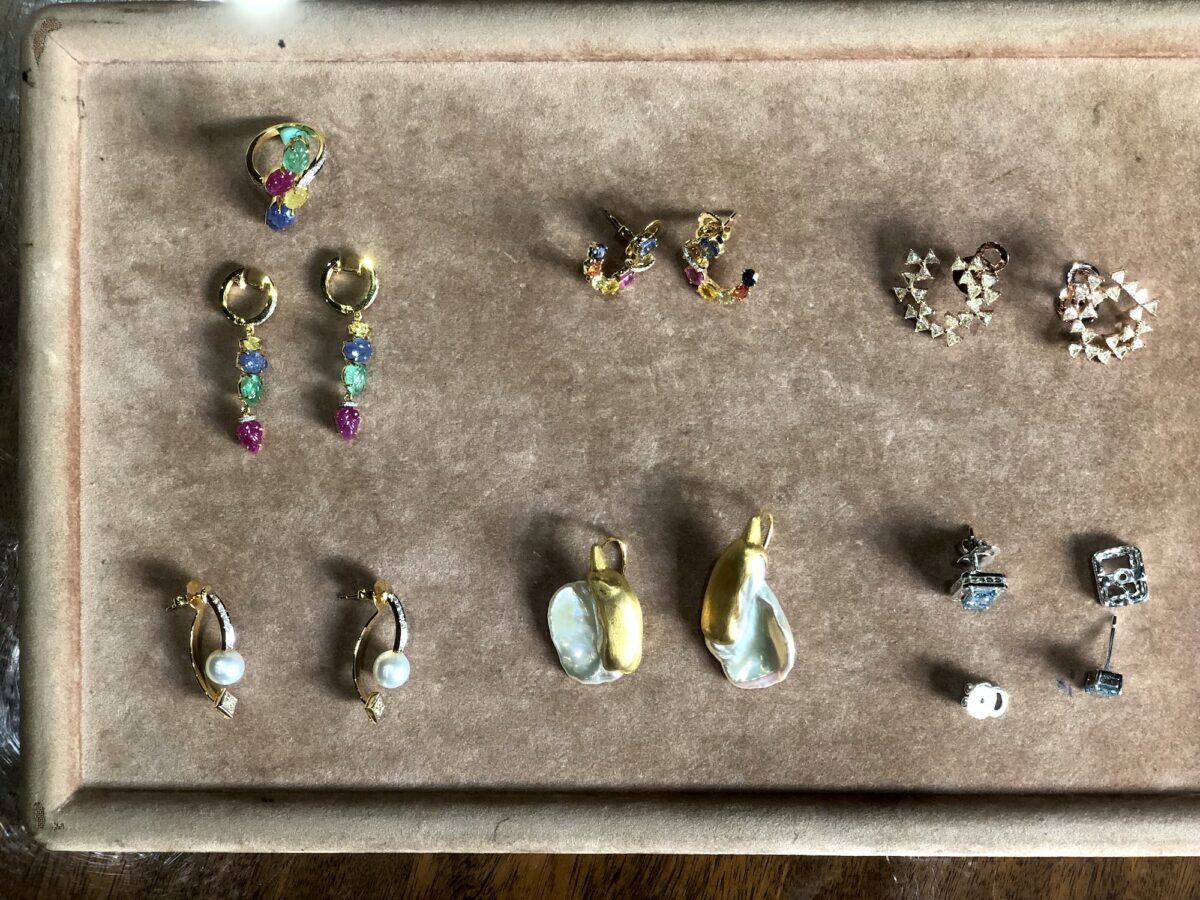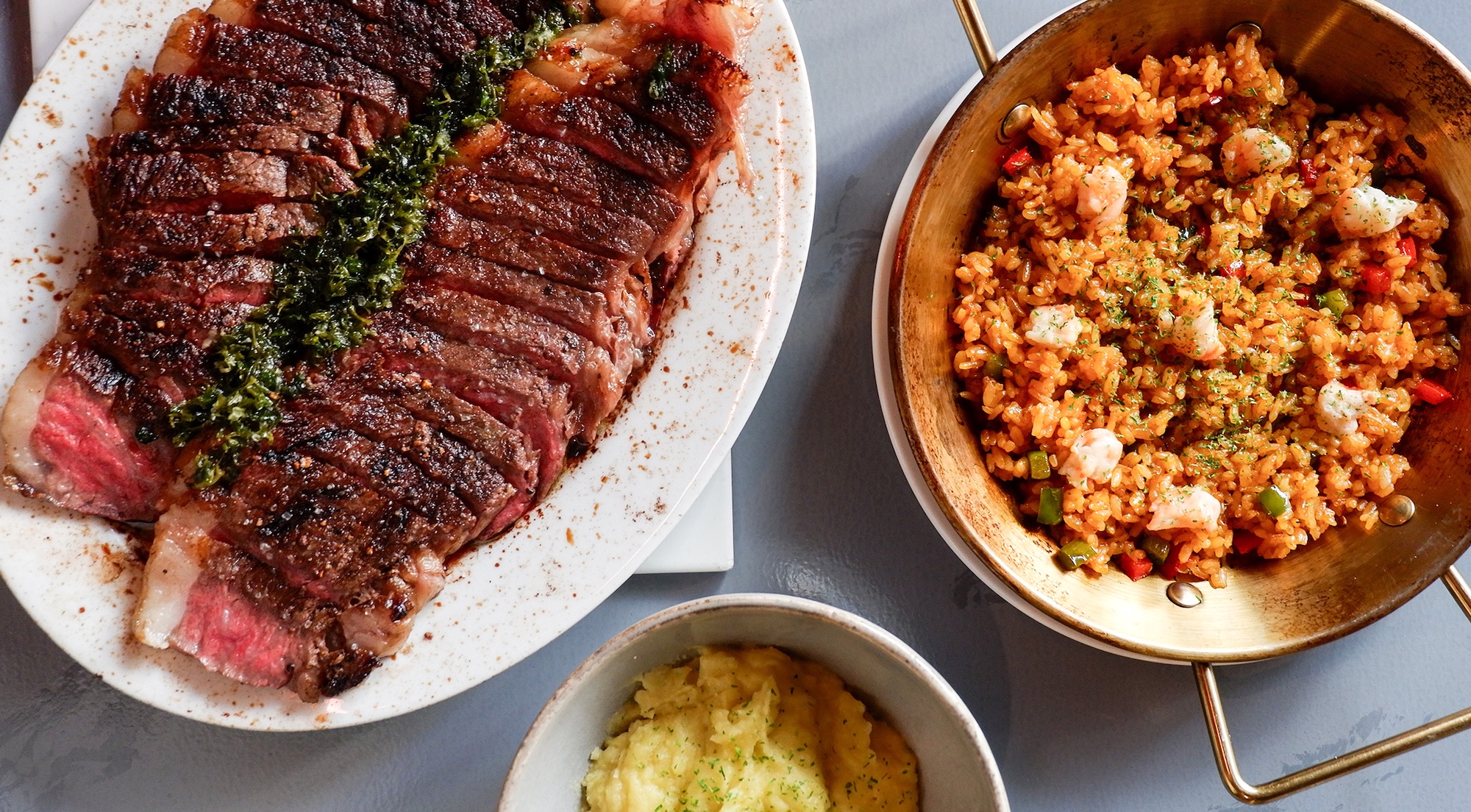If you’ve ever left food on your plate and gotten the scolding that involves the plight of starving children elsewhere in the world, you might be relieved—or horrified—to know that the few bits of rice you didn’t eat are the least of the world’s problems.
No, the problem is much wider in scale. Wasted food is a global phenomenon that affects just how much food the whole world gets and doesn’t get. The Food and Agriculture Organization of the United Nations estimates that a third of all food produced becomes wasted. Most companies, chains, and even households from developed countries waste the most food.
In this context, ‘zero-waste’ refers to the act of diverting at least 90 percent of products from the garbage. It means most of the ingredients and tools must be recycled so they may be regrown (in the case of food).
In this context, ‘zero-waste’ refers to the act of diverting at least 90 percent of products from the garbage.
While some places may have already designed zero-waste plans, the concept has clearly still not taken full hold of the F&B industry—or else we would have seen these stats go down. The Philippines has not gotten fully onboard the zero-waste movement yet (although efforts certainly exist from various fronts of the sector, including the government).
For those environmentally-conscious entrepreneurs who are considering it, there’s lots to be learned. Here are some tips to get your place started on the zero-waste journey.
Composting is key
When the plan calls for regrowing and replanting ingredients to make more, that often means one key thing: composting.
Composting is the act of using organic waste, such as leftover plants and food, to help fertilize the soil so that more plants could grow. Equinox Restaurant in Washington, D.C.—a successful zero-waste establishment that’s been doing it since 1999—proudly professes that they go through their waste regularly to use leftovers as compost.

Texas’ family-run business Prestige Oysters does a similar thing, except with reefs. They recycle 100 percent of the oyster shells they process by placing them back in the sea as limestone contributions. This way, the oysters continue to grow and provide year-round, helping them with their restaurant, Pier 6 Seafood & Oyster House.
By doing this, they end up regrowing ingredients that they use for their day-to-day cooking, resulting in many costs cut.
Support local sources, support zero-waste
Another way to go towards achieving zero waste is by sourcing local ingredients. Not only are you cutting down on shipping and transportation costs, but you also help sustain the important growers and suppliers of your ingredients, such as farms.
Restaurants like The Salt Line in Washington, D.C., as well as local establishments such as James & Daughters in Pasig choose to support local farmers and fishers. The latter does it not only to cut costs but also to celebrate the quality of local produce. In turn, they get exactly what they need for their operations.

This step might be the easiest to accomplish for local restaurants, as the country has an abundance of high-quality ingredients that’s readily available so long as they do the right legwork to seek it out. In fact, one of the main problems of Filipino farmers is ending up with a shocking surplus of produce because, for one reason or another, they just haven’t been bought.
Posts asking for help towards hapless farmers with truckloads of unsold produce have become more and more prevalent on social media every harvest season, and patronizing them would go a long way in reducing or even eliminating local wasted food.
Recycle everything
Other than composting organic food and plant waste, one other way to head towards zero waste would be to recycle. Not just your usual sorting of discarded materials and tools—if you can manage it, it’s entirely possible to commission design elements out of recycled stuff.
Take for example what UK restaurant Silo does: Helmed by British chef and author Douglas McMaster, they’ve implemented a philosophy of zero-waste design, in which they’ve fashioned refuse into ambiance-setting pieces around their space.

Other than their use of upcycling to create more food products (like an upcycled vegetable treacle made out of old scraps, upcycled ice cream from waste bread, and syrup made from waste bran, to name a few), they also use old items to create lights, pottery, plates, and glass. One could say that Silo is almost completely self-sufficient in this regard.
No matter which path you take, the means to go zero-waste will not be easy. These seem simple, but it takes a tremendous amount of personal will to train your staff and implement these policies to help sustain the environment. Some may not even find it a worthy cause to trouble yourself with—but like with all things, anything that’s worth it takes a lot of trouble.










































